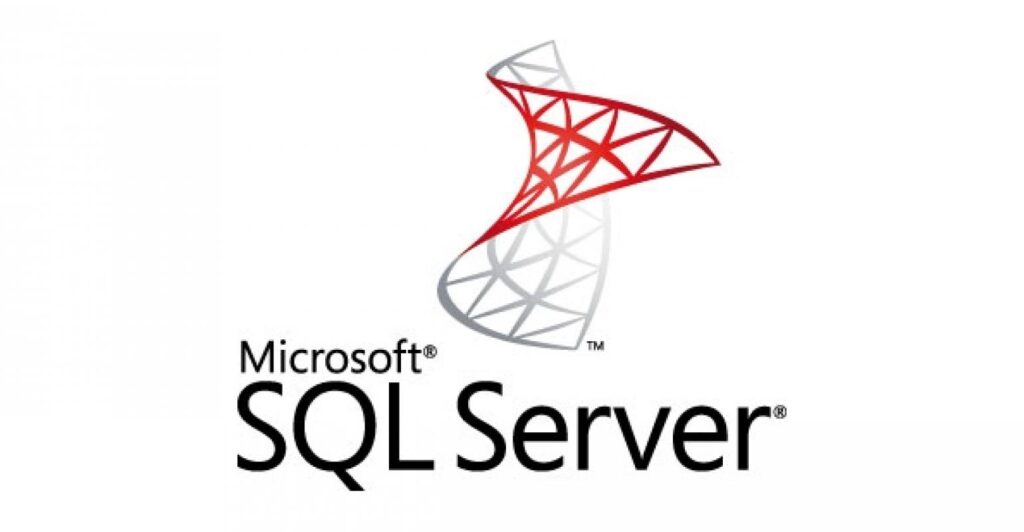What is MS SQL?
- MS SQL is a relational database management system developed and released back in 1995.
- SQL is a programming language used to work with data in relational databases. MySQL is an open-source database product that implements the SQL standard.

Try SQL Server download a free specialized Express Edition
SQL Server 2022 Express is a free edition of SQL Server, ideal for development and production for desktop, web, and small server applications.
MS SQL(Structured Query Language)
What is MS SQL?
MS SQL is a relational database management system developed and released back in 1995.
What is Database?
A database is a collection of organized data that is stored and accessed electronically.
SQL Command & Table
SQL commands are the instructions used to communicate with a database to perform tasks, functions, and queries with data.
SQL commands can be used to search the database and to do other functions like creating tables, adding data to tables, modifying data, and dropping tables.
SQL Commands
SQL commands are the instructions used to communicate with a database to perform tasks, functions, and queries with data.
SQL Table
A database table is a collection of data that is organized in a row-and-column format. Tables are a basic element of relational databases.
SQL DDL
DDL(Data Definition Language) commands are used to create, modify, and delete database structures.
SQL constraints
In SQL, a constraint is a rule that limits the type of data that can be inserted into a column or table.
SQL DQL
DQL(Data Query Language) command consists of only one command, the SELECT statement.
SQL Select Into & Insert Into Select Statement
The SQL SELECT INTO statement creates a new table and inserts data from an existing table into it. The new table is created based on the structure of the columns in the SELECT statement.
The INSERT INTO SELECT statement in SQL Server copies data from a source table and inserts it into a target table
SQL Clauses and SQL Operator
SQL operators are used to specify conditions in an SQL statement. They are used to perform mathematical operations on numerical values, compare values in database tables, and serve as conjunctions for multiple conditions in a statement.
SQL Functions
SQL, or Structured Query Language, is a programming language used to manage and manipulate relational databases. SQL functions are code snippets that can be executed on a SQL Server. They allow you to perform various operations on the data in a database.
Conditional Functions
Conditional statements in SQL allow you to define different logics and actions. Like Case Function.
String Functions
A string function is a built-in function in a programming language that can be used to manipulate strings.
Window Functions
Window functions are a way to calculate values across a set of rows in a query.
SQL GROUP BY Statement
The SQL GROUP BY clause is used to group rows with the same values into summary rows.
SQL JOIN & UNION
SQL JOINs are a command clause that combines records from two or more tables in a database. The JOIN clause uses values common to each table to combine data in fields from two tables. For example, if you want to fetch the names of all employees, with their department names, manager names, and projects names, you would have to join the employees table to the departments table, the managers table, and the projects table.
The ANSI standard SQL defines Four types of JOIN: INNER JOIN, LEFT JOIN, RIGHT JOIN, FULL JOIN.
SQL JOIN
A JOIN clause is used to combine rows from two or more tables, based on a related column between them.
Inner Join
The INNER JOIN keyword selects records that have matching values in both tables.
Left Join
The LEFT JOIN keyword returns all records from the left table (table1), and the matching records from the right table (table2).
Right Join
The RIGHT JOIN keyword returns all records from the right table (table2), and the matching records from the left table (table1).
Full Join
The FULL OUTER JOIN keyword returns all records when there is a match in left (table1) or right (table2) table records.
SQL Union
The UNION operator is used to combine the result-set of two or more SELECT statements.
SQL View and Stored Procedures
A view is a virtual table whose contents are defined by a query. Like a table, a view consists of a set of named columns and rows of data. Unless indexed, a view does not exist as a stored set of data values in a database.
SQL Subquery
A SQL subquery is a query that is embedded within another SQL query. Subqueries are also called nested queries or inner queries. The outer query is the main query. Subqueries are often used in the WHERE clause to narrow down the results of the main query. They can also be used in the HAVING or FROM clauses.
A subquery is also called an inner query
A subquery is also called an inner query or inner select, while the statement containing a subquery is also called an outer query or outer select.
SQL Backup and Restore
SQL backup and restore functionality can ensure that database data won't be lost or corrupted in case of a database failure or user errors. You can back up and restore the whole database or data files.
How to Create Backup and Restore Database ?
The SQL Server backup and restore component provides an essential safeguard for protecting critical data stored in your SQL Server databases.